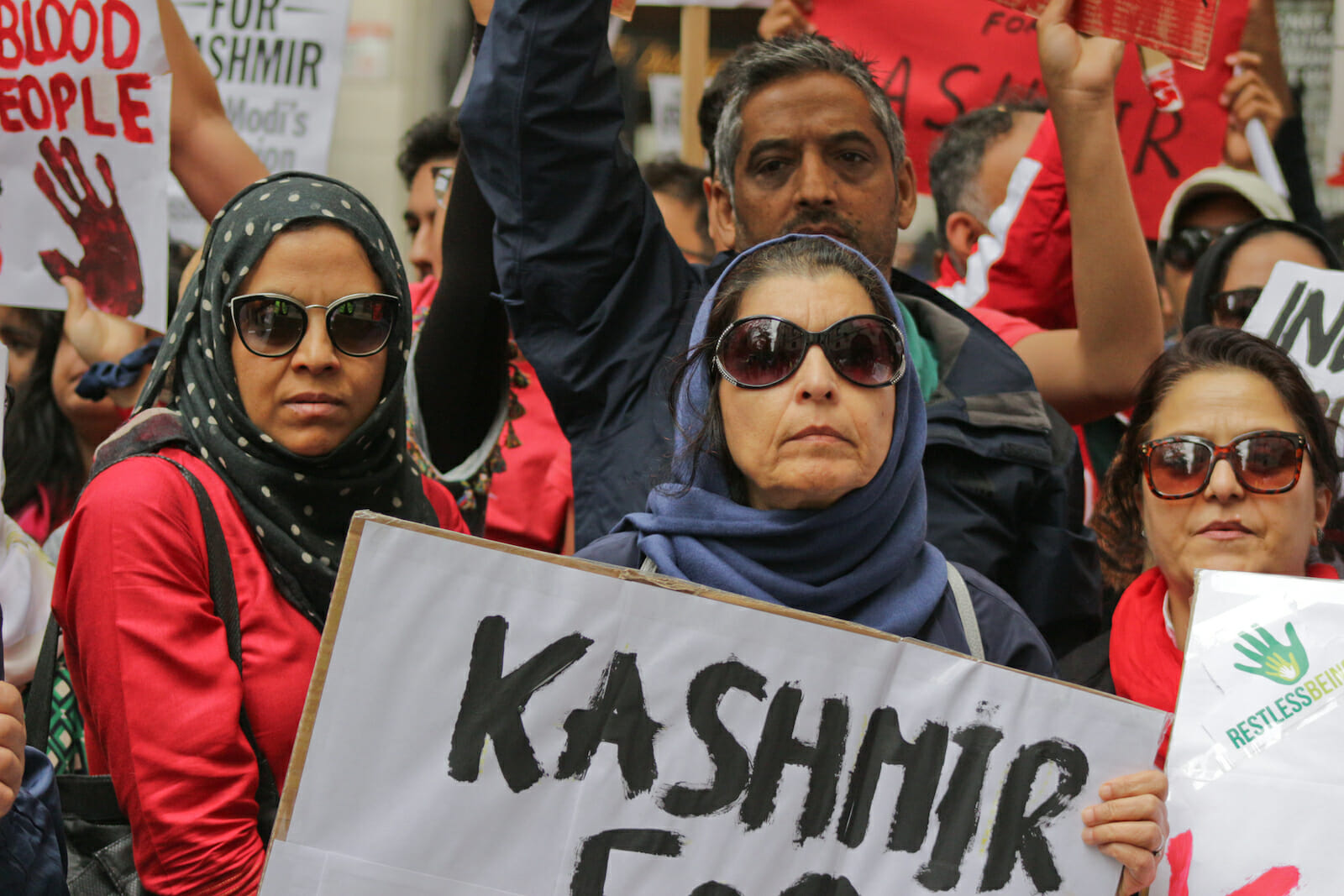
The United Nations and the United States are Part of the Kashmir Problem
Geopolitics and demographics were clear when the British left the Indian subcontinent on August 15, 1947. The need for a two-nation solution was recognized, and India, as a Hindu population was formed.
The predominantly Muslim regions became Pakistan. Kashmir, located to the northwest of India, had an 87% Muslim population. It was identified by the Indian Independence Act and Partition Plan as a province within Pakistan. On October 27, 1947, any hope for regional harmony was destroyed when the Indian military invaded Kashmir, seizing control of the region from tribal chiefs and the Pakistani government.
Pakistani defense forces spent the remainder of 1947 pushing the Indian army ever backward. If left alone, they would have forced Indian troops out of Kashmir.
Facing defeat, India reached out to the United Nations for intervention. The UN rebuked India for the invasion and called for a plebiscite allowing the citizens of Kashmir to put their fate to a popular vote. A temporary line of control was formed between the battling forces.
India never allowed the plebiscite to happen. The line of control still exists. Temporary Article 370, emplaced into India’s Constitution, granted semi-autonomous status to Kashmir.
The UN failed to solve the issue of the illegal invasion. To this day, the people of Kashmir have been subjected to India’s rule despite the overwhelming will of the population.
The only efficiency the UN has proven to possess concerning Kashmir is the passage of resolutions that have no enforcement. The Line of Control between Pakistan and India regional sectors was not a solution; it was an unjust compromise.
For seventy-three years, injustice has been allowed to continue with little notice from the world. Every year, on October 27th, “Black Day,” through massive demonstrations, Kashmir citizens express their opposition to oppression. India’s brutal responses have not been limited to the Black Day demonstrations. Every day since 1947 has been Black Day for Kashmir, especially those who have caught the attention of the Indian government.
Coming to office in 2014, Narendra Modi, India’s prime minister, has dedicated himself to resolving the Kashmir situation. Dissidents and young males have been arrested without warning. Property is being confiscated, curfews have been established, communities are being restricted to their homes, and electrical blackouts are being implemented. Hundreds of thousands of Hindus are being resettled into Kashmir, diluting the population. Resettled Hindus are being provided domicile status and the same is set to apply to select members of the military.
The heritage and legacy of Kashmiris are being erased as regional public holidays are being eliminated and Muslim names of public places are being replaced with Hindu.
Without due legislative process, on August 15, 2020, Modi revoked Article 370 of the country’s constitution. To the already existing 700,000 Indian troops stationed in Kashmir, Modi has added another 280,000. By all appearances, Modi is pushing the citizens of Kashmir to revolt in which he will unleash those 980,000, or as Shakespeare wrote, “Cry ‘Havoc!’, and let slip the dogs of war.”
This week, the United States created another problem. While attending a regional security conference in Delhi, Secretary of State Mike Pompeo and Defense Secretary Mark Esper developed and signed the “Basic Exchange and Cooperation Agreement on Geospatial Cooperation” with their Indian counterparts. This agreement provides India state-of-the-art navigational aids and avionics on U.S.-supplied aircraft. It also provides India with access to U.S. geo-spatial intelligence, enhancing the accuracy of automated hardware systems, missiles, and drones.
Intended only to address the ever-increasing long-term China threat, Modi will certainly use it in his assaults on Kashmir. The signing of this agreement on October 27th (Black Day) could not have been more ominous.
Prime Minister Modi is successfully using Chinese aggression to prevent the U.S. and Western Europe from condemning his own brutal aggression within the Indian subcontinent.
The U.S. and the UN remain in the appeasement mode while Modi illegally holds possession of another country’s territory and conducts a brutal suppression of Kashmiris.

